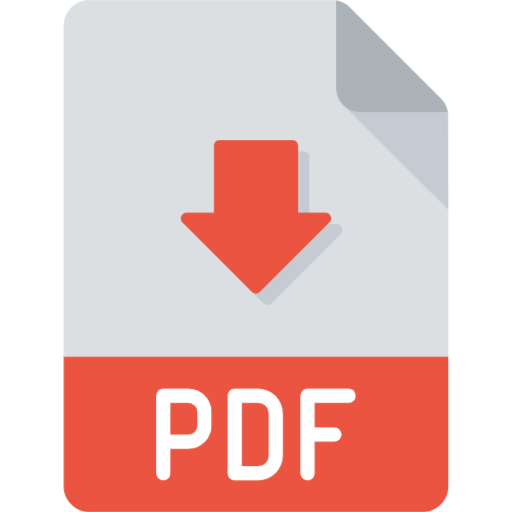Direction A: “Environmental Planning and Management of Natural Resources”
Ecology and economics; interaction of nature and economic system; natural ecosystem and natural resources; framework of European and international policies for the sustainable management of natural resources; rationale and scientific basis for sustainable management; economic, social and environmental criteria for sustainable management; assessment methods of natural resources; planning of natural resource management; framework for analysis of alternative measures and management decision-making; practical applications and case studies of natural resource management.
Environmental analysis and practices; control of compliance with environmental conditions; impact of projects on the natural environment; examples of projected impacts on the natural environment by category of projects and activities; forest road network: design and specifications; forest road network management programs; maintenance and repair programs; reducing the risk of the forest road network from natural disasters; construction equipment – construction materials; forest protection projects: specifications, OMOE, management of forestry projects; safety plans of technical projects – cost – financing, research of forest management practices.
Concept and components of water resources management; definitions – scientific areas – basic background; land use changes and their impact; availability of water resources; estimation of surface and groundwater potential; combined management of underground and surface water; integrated watershed management; economic evaluation of development scenarios; management techniques – mathematical programming methods; operational management of water body and infrastructure; optimal reservoir operation; dealing with extreme events; flood and drought management; impact assessment of water resource development projects and programs; water resources at supranational level; transnational cooperation and dispute settlement mechanisms; examples of water resources management in developed, developing, and semi-developed countries; applications – case studies.
Introduction to Geographic Information Systems; data import; data homogenization; vector structures; data structures – raster; generalization in Geographic Information Systems; spatial databases; spatial interpolation; map algebra; three-dimensional applications; applications of Geographic Information Systems.
Direction B: “Environmental Education and Communication”
The Environmental Movement; genesis and evolution of environmental education; Education for Sustainable Development; differences in Environmental Education and Education for Sustainable Development; the role of the Environmental Educator; Environmental Education Programs; evaluation of Environmental Education Programs; student paper presentations.
Structure and natural processes of natural ecosystems; key functional features of the economic system; benchmarking of natural ecosystem and economic system functions; economic, social and environmental principles in environmental management; functions, goods and benefits of the ecosystem; valuation of the goods and benefits of the ecosystem; planning and organization in environmental management; practical applications and case studies of environmental management.
Symptoms, causes, dimensions and effects of the environmental and economic crisis; major threats to sustainable development in Europe and the world; factors of production, organization, analysis and their impact on sustainable development; the allocation and scarcity of resources; socio-economic impact of the use of natural resources; sustainable development indicators; population, economic development, environment and countryside; developmental phenomenon and Third World; globalization; financial tools of the European Union; the 17 UN Sustainable Development Goals; a European strategy for sustainable development; business and sustainable development; case studies.
Historical review; definition of Public Relations; characteristics of the Director of the Board of Directors and the corresponding department; the relationship between Advertising Marketing and Public Relations; the commons of Public Relations; choice of Means of Communication; relations with the media; means for the implementation of the communication strategy; Public Relations programs; evaluation of Public Relations programs; Public Relations: a neglected science for environmental agents; practical applications in environmental agencies.



